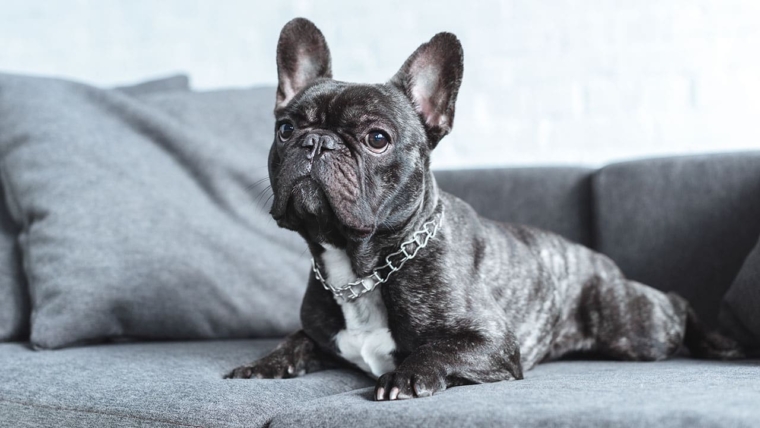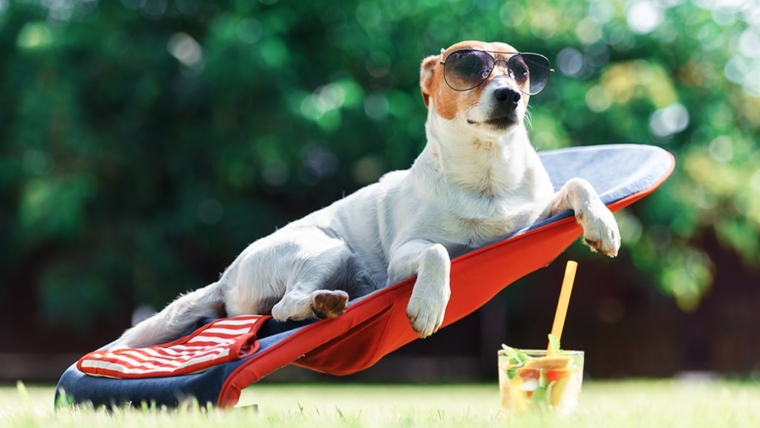
Each of us wants our pets to be well-behaved and obedient to our commands. Teaching a pup is crucial for their intellectual and skill development, etiquette, and safety. In potentially dangerous situations, unruly dogs are unlikely to obey their owners without training. Using goodies is the best way to ensure your dog’s training is effective.
Training rewards stimulate dogs to listen and focus their attention on the work at hand. In addition, they serve as a fantastic reward for loyal dogs, allowing them to retain their training. Due to the significance of snacking, it is essential to have the proper snacks.
How to choose training treats
A training treat is ineffective, except the puppy enjoys it. Even though this may seem obvious, many owners and trainers prefer a treat for their dog that they believe the dog will enjoy, but the canine dislikes it. Observe your dog’s behaviour and observe which types of goodies they like. Most dogs enjoy dried, cooked, or dehydrated meat, which many trainers recommend.
Dogs are also attracted to cheese. The string cheese is wonderful because it is individually packaged, simple to shatter into little bits, and economical. Swiss and other cheeses with a stronger aroma are also excellent choices. Most essential, the goodies should be healthful and made using allergen-free ingredients. Afterward, your dog will eat them regularly in training. Therefore you must ensure they contain nutritious, high-quality ingredients.
Dog treats must be smaller
The treats for training are intended to be offered regularly as rewards for excellent conduct and cooperation throughout training. Hence they must be small. A large treat would be excessive for rewarding your dog each time he accomplishes the desired behaviour.
Training rewards originate in small amounts, but if you’re using a diet from home, you should split it into small pieces. It may not be an appropriate training treatment if the treatment cannot be cracked up or trimmed to size.
Use only for training
Do you distribute goodies throughout the day more than in training classes? Always use goodies only in training, but admits that training frequently occurs throughout the day, including during walks and while telling the pup to respond when called.
Several trainers stress that training may happen anytime—rewards for good behaviour all day, not just during official training sessions.
Limit calorie intake and treats
According to the instruction suggested by many dietary specialists, treats must not surpass ten percent of the daily caloric intake. For instance, if a dog’s typical daily caloric intake is 500 calories, extra goodies should not exceed fifty calories.
Most trainers know and remember when utilizing treats—the tiny size of the teaching rewards and the type of treat employed to aid in this regard. Some trainers claim that the following meal may be slightly less than usual when many goodies are provided. Others utilize a portion of the dog’s supper as a teaching reward.
Some trainers, such as Hope Schmeling, claim that tomuch rewards might induce an upset stomach; therefore, it is essential to monitor the number of goodies offered.
Recommended options for puppy training treats
Because now you understand the significance of picking the appropriate dog treats and the most effective ways to reward your dog, let’s examine some training treats you can use. As a reward during training sessions, you can utilize nutritious, natural foods you already have in your kitchen rather than processed dog treats made elsewhere. Here are a few of the better alternatives.
Chicken that is Boiled
The chicken (boiled) is an excellent, high-quality dog treat. The good quality chicken is affordable, and boiling chicken ensures that it is thoroughly cooked without garlic, onion, or other ingredients that may hurt a dog’s stomach. Real chicken is preferable over pork or steak, which may similarly upset a dog’s stomach since they are excessively rich.
Your Dog’s Current Food
Since you already know that kibble is suitable for your dog’s digestion and diet, it might be an excellent training reward. At the same time, it may not be the greatest thrilling treat that works well when you like to offer your dog many training treats without overfeeding him. Try utilizing it in precise environments rather than high-stress situations, where it may not be as helpful.
Kibble is an excellent example of how to provide less-calorie rewards all day while avoiding dangerous substances such as gluten, fatty acids, and artificial flavors.
Frozen Yogurt
Cubes of yogurt are effective training items that are easy on a dog’s stomach and provide numerous health advantages. You may make the dog work for the reward by freezing yogurt into small pieces, allowing them to exercise their minds and play following training sessions.
The yogurt provides protein, probiotics, calcium, and to your dog. Plain, nonfrozen yogurt is delicious, soft reward that many canines enjoy, and its texture makes it easy for most dogs to consume.
Peanut Butter
Peanut butter is a high-quality reward that does not have these substances. It is the best treat for owners who want to offer their dogs much protein without using meat. In addition, peanut butter has a fragrance that dogs enjoy, which attracts their attention from a distance.
Slices of Apple
Natural treats are devoid of additives and substances that might irritate your dog’s digestive tract and interfere with nutrition. However, canines can appreciate apples and other fruits as a pleasant treat. Apples are an excellent alternative for frequent workouts owing to their nutritional benefits and affordable price. Apples may be cut into cubes or slices, providing your dog abundant training rewards.
Fresh vegetables
Fresh vegetables may offer dogs a satisfying crunch during training. They provide fantastic opportunities for various treats and are regularly awarded for good behaviour. Veggies have nutritional advantages that dogs may enjoy, and certain vegetables may be used as soft, tooth-friendly treats. Vegetables have several health advantages; e.g., leafy greens include omega-3 acids, and carrots have beta-carotene and soluble fiber.
Conclusion
The training goodies are vital to the training procedure. Without these goodies, your dog’s training may not be as successful. Your dog should appreciate nutritious, natural treats free of additives and preservatives. In addition, goodies should be divided into little pieces to prevent excessive consumption.


